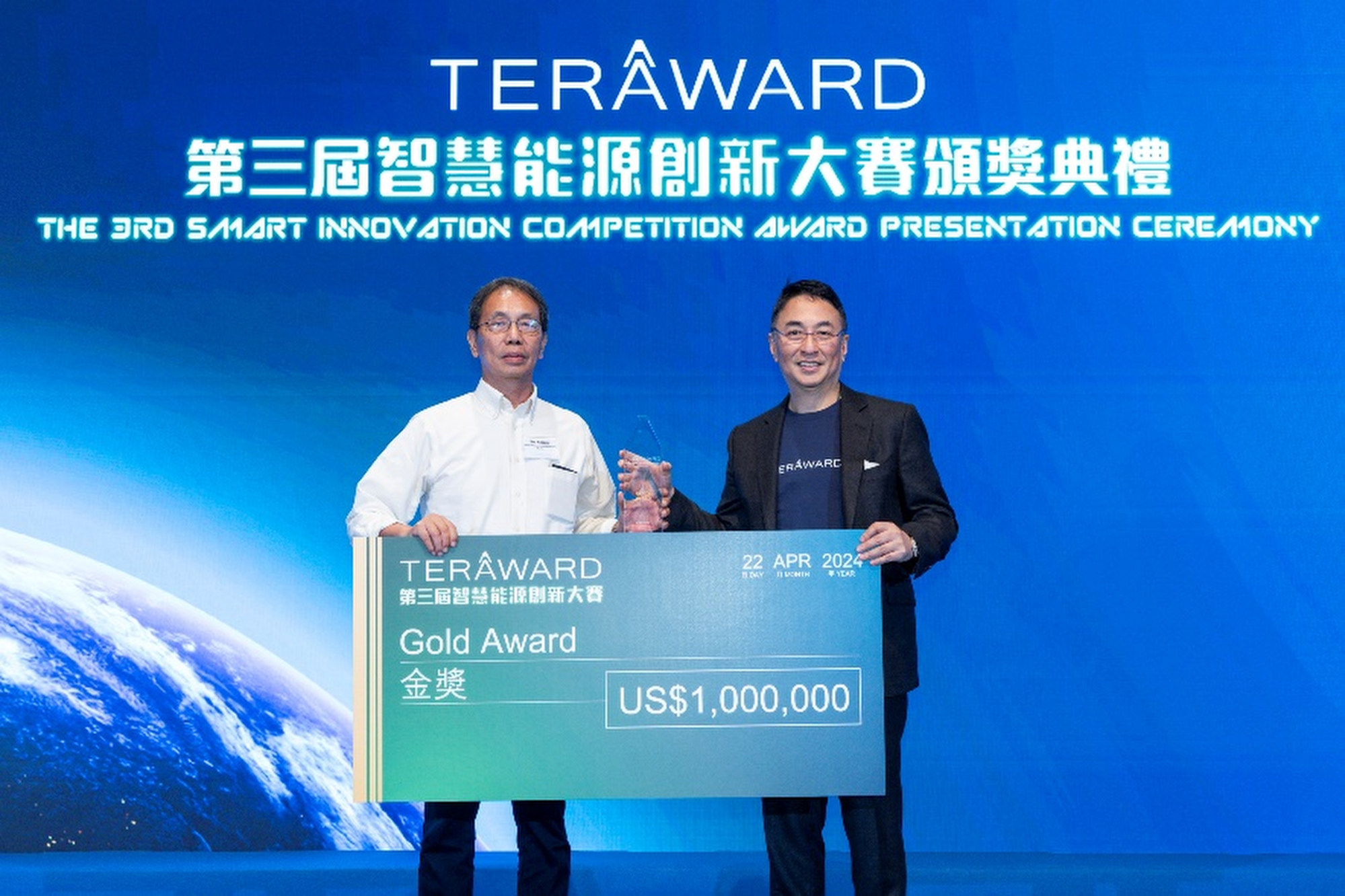Start-up CM Xiageng Hydrogen Energy Technology, a green hydrogen equipment maker backed by the Fujian government and conglomerate China Merchants Group, plans to quadruple its output. It is rushing to feed a global market which is growing at a searing pace of 40.7 per cent annually and is forecast to be worth US$70 billion by 2034.
It will soon launch fund raising plans to finance this expansion at a time when China’s installed green hydrogen electrolyser capacity is expected to grow to over 40GW by 2025 from last year’s 11.5GW.
China, the world’s largest producer of hydrogen, uses mostly carbon-intensive coal and natural gas in its manufacture. But production and use of green hydrogen – produced using clean energy sources like renewable power – is a crucial plank in China’s strategy to wean itself off fossil fuels and reach carbon neutrality by 2060.
“We must also switch to renewable energy from fossil fuel when producing the hydrogen to ensure a low carbon footprint across the supply chain,” Gao Xiaoping, chairman and general manager of CM Xiageng, said in an interview.
The low-carbon energy equipment maker will also need funds for technology upgrades of equipment it produces that uses electricity to split water into hydrogen and oxygen, he said, adding that the timing and size of the fundraising will depend on order flow.
“Last year, we already used the 25 million yuan provided by our co-founders to build four production lines with the capacity to produce 50 units of electrolysers per year,” said Gao.

“We are in talks on several projects, some involving over 100 units, on which we expect to confirm some orders in the next few months, hence we are preparing to start a new round of financing to tentatively expand the annual capacity to around 200 units.”
CM Xiageng’s potential customers include Chinese state-owned energy firms, some privately owned companies and foreign firms in Japan, Italy, the US and India. Some have taken delivery of small-scale pilot units to conduct trial operations.
“Many are looking to green hydrogen to help them cut emissions at their carbon-intensive chemicals, steel and power generation operations,” said Gao. “In the long term, these applications could have bigger carbon reduction potential than in the transport sector.”
CM Xiagang is among over 100 Chinese companies, including leading player Xian-based Longji Hydrogen Technology, a unit of Shanghai-listed solar panel materials giant Longi Green Energy Technology, that have a stake in the global green hydrogen manufacturing equipment market.
In late April, the company won recognition for its efficient design with technology capable of producing green hydrogen using less than 3.7 kilo-watt-hours of electricity for a cubic metre of the environmental-friendly gas. The prize of US$1 million at this year’s Tera smart energy innovation competition was awarded by the host, city-gas supplier Hong Kong and China Gas.
“With prioritisation of energy security, climate mitigation and environment protection, we will see a gradual transition from fossil fuels to hydrogen whose combustion emits no pollutants,” said Gao.
Before joining CM Xiageng, Gao, an electrochemistry expert, had worked 18 years at US-based Air Products and Chemicals, one of the world’s largest industrial gas producers. He was also involved in postdoctoral research at the US National Renewable Energy Laboratory.
CM Xiageng was established in late 2021 by Xiamen-based energy materials researcher Tan Kah Kee Innovation Laboratory (TKK Lab) and Hong Kong-listed CM Energy Tech. CM Energy Tech, an offshore oil drilling and renewable energy equipment supplier, is a subsidiary of China Merchants Industry Group, part of ports-to-property conglomerate China Merchants Group. Late last year, it raised its stake to 42 per cent from 33 per cent by injecting HK$58.2 million in the company.
TKK Lab was co-founded in 2019 by Xiamen University, Xiamen municipal government and Fujian provincial government. They have jointly committed to investing 3 billion yuan to fund low carbon energy and display technology research, Gao said.

